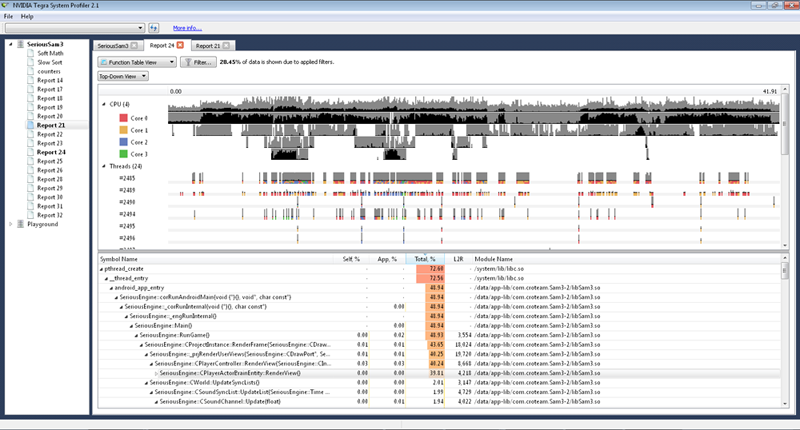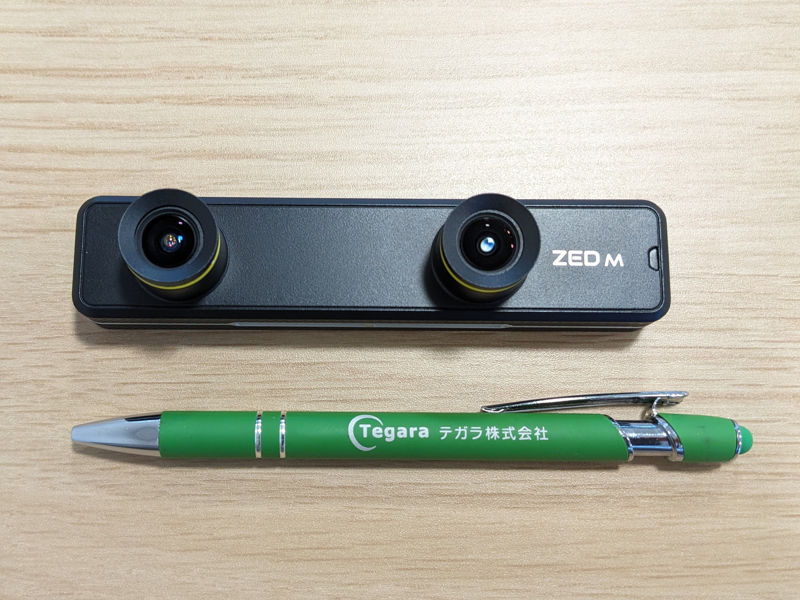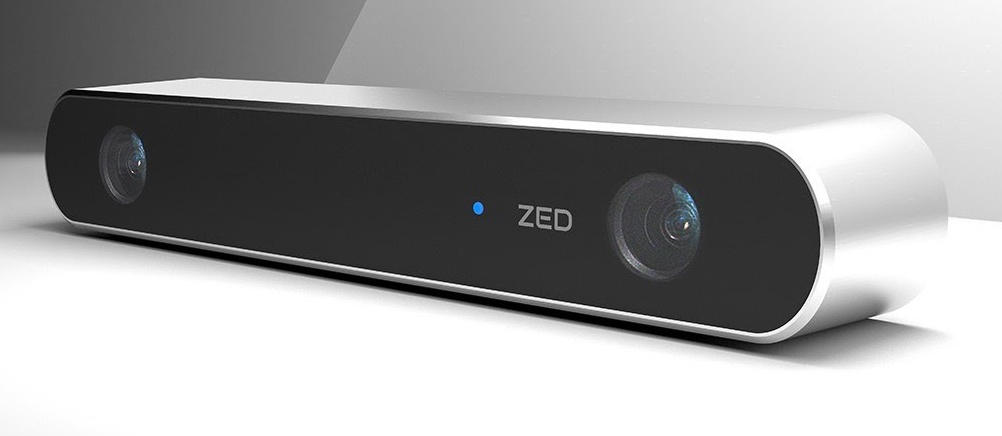
#Zed camera for tk1 update#
Click on OK to update the camera’s firmware.
#Zed camera for tk1 how to#
How to check for new firmware and update your camera You can update your device firmware using ZED Explorer. Stereolabs releases new firmware versions to improve camera performance and add new features. # Example: gpu mode, zf net, offline loading, output visualization, 15th class is interested class : select the class indexs that you are going to detect. Mode 0 only exports numerical information, including bounding boxes coordinates and depth Mode 1 visualizes the result. Mode 0 means online loading, which loads same rgb image and depth map from the directories. zf, vgg - image_source : there are two kinds of input source mode. cpu : use cpu mode - net : select the network and corresponding model, e. py options : - gpu : use gpu mode and select the GPU id. Update directories in line 210, 211 in detection_depth_multiple.py.

Suppose you save RBG images at $rgb_img_dir and depth maps at $depth_map_dir.

However, making simple modifications can make this script works for other detection task under py-faster-rcnn framework. This scipt is designed for VOC dataset only. Save the script in py-faster-rcnn/tools/. We also need this detection_depth_multiple.py. General speaking, the goal of this part is to find out the distance from the camera of detected objects.
#Zed camera for tk1 install#
Download and install py-faster-rcnn first by following the official guideline or Part 1 in my post. In this part, we are going to use both RGB images and depth maps in a detection algorithm. After modification, you have to build the program again. Please refer to main setup parameters at the beginning of the code. However, there are some settings you can modify in the main.cpp. This program allows you to save images, disparity images and depth maps from time to time. First, let’s have a taste on the original example. The ultimate goal is to capture RGB pictures, their corresponding dispartiy image and depth map from time to time. In this part, we will see a simple modification based on a ZED’s OpenCV example. Remember to rename main-hello-world.cpp as main.cpp. Please use this main-hello-world.cpp and CMakeLists.txt to build the program. However, as mentioned before, the blog examples are quite outdated. Follow the instruction and build a Hello-World program. In summary, study both at the same time should be more efficient.īefore jumping to the later content, a simple “Hello-world” example is suggested to be implemented by yourself first. Nevertheless, Github examples provide update codes. The blog examples were written before Ver.1.0. The reason is that ZED released Ver.1.0 and made some changes. Blog examples provide more detailed explanations but some parts of the code are quite outdated. To study ZED, we can learn from it’s blog examples or study the Github examples. Unless you have a USB3.0 hub, you need to remote control TK1 from your computer. It is not enough for your keyboard, mouse, and ZED.

However, before running these examples, you might encounter a problem, there is only one USB port on TK1. The SDK is installed at /usr/local/zed by default. Now, ZED SDK should be installed and there are many interesting demos. # Accept the statement and follow installation instruction.


 0 kommentar(er)
0 kommentar(er)
